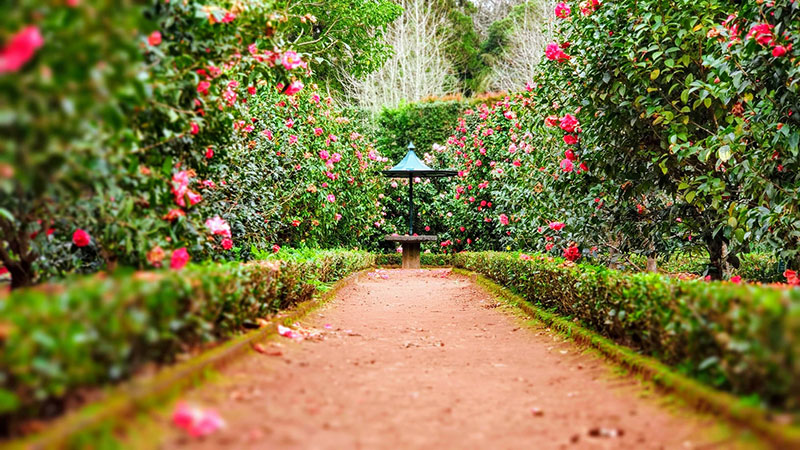Advertisement
We’ve all been there before. You get the idea one day to start a garden, and after running to your local supermarket and picking up all the necessary supplies, you spend a solid month feeding and watering your plants every day. Then, just a day or two after you start to see the fruits of your hard work, your plants begin to wilt. Within the week, they’re dead, and you’re left wondering what you could have possibly done so wrong.
Growing your own garden is an excellent idea in theory, but in practice nurturing and maintaining varying breeds of plants and flowers can be an arduous task, especially with the dynamic nature of modern life. While it can be a gratifying undertaking for those who know what they’re doing and put the proper work in, it can lead to depressingly disappointing results for those who go in without the appropriate information.
Luckily, if you’re one of the people born without a green thumb, there are guides out there that can give you the foundational knowledge needed to start growing your own garden at home. Like this article, actually.
Ready to learn and start growing your own garden? Here are four things you should know before you start.
1. Set Up a Regular, Infrequent Watering Schedule
As opposed to the conventional wisdom of watering your garden every day and doing it shallowly, you should water them extensively (give them a couple of inches of water) once a week. The reason for this is watering them frequently and shallowly makes the roots of your plants weaker and more dependent on receiving resources daily: watering them once a week makes them hardier and more likely to survive longer.
That being said, avoid flooding your plants with excess amounts of water: your goal should be to moisten the soil, not put your plants in the middle of a small lake.
2. Check Plants at the Supermarket Before Buying
Supermarkets aren’t often known for their care while handling – well, any product really. This is especially true of plants, and you may find that your brand new succulent has mushy roots when you take it home, or that a small colony of aphids has established a home in your “fresh” petunias. Check for these issues in the supermarket, as the diseases that can be present in some of these plants can spread like wildfire if you plant them in your garden.
3. Choose the Right Kinds of Soil
Different plants thrive on different kinds of nutrition, and it’s crucial that you have a fundamental understanding of what your plants need before purchasing soil. As a general rule, good potting soil allows your plants’ roots to absorb water and nutrition and is adequately aerated, but depending on the type of plants you’re growing, you may need soil with qualities that differentiate it from the norm. Soil that’s more or less porous, soil that retains or releases water, the like. What you purchase should depend on the specific plants you intend to plant, so make sure to do your research before purchasing for the best results.
4. Avoid Using Herbicides or Insecticides
A famous herbicide brand that has become a household name is Roundup, a herbicide that contains the compound glyphosate. Glyphosate effectively strangles the ability of plants to produce amino acids and proteins that they need to survive and can be a blanket plant killer that, if not used properly, can devastate your garden. What few people know is that glyphosate can impact your health negatively if you’re exposed to it over a long period, most commonly known for giving people Non-Hodgkins lymphoma.
If you resort to using herbicides or insecticides, make sure you do research on their ingredients to make sure they don’t do more harm than good.
Getting Started: The Next Steps
These four tips should provide a solid foundation for any gardener, but I would caution you on a few more things to consider while designing your garden. Be sure not to place your plants too close together, giving them room to grow, and plant your plants in an area where they are likely to get consistent sunlight. Also, try to plant disease-resistant varieties and keep a close watch for signs of insect infestations in your garden.
If you follow these tips, you’ll be well on your way to establishing a beautiful, easy-to-maintain backyard oasis.
If you liked this article, you should check out these as well:
- Use these Zen garden ideas to create a relaxing outdoor space
- Rain garden design ideas you can create around your house
- Home and Garden Shopping Guide

